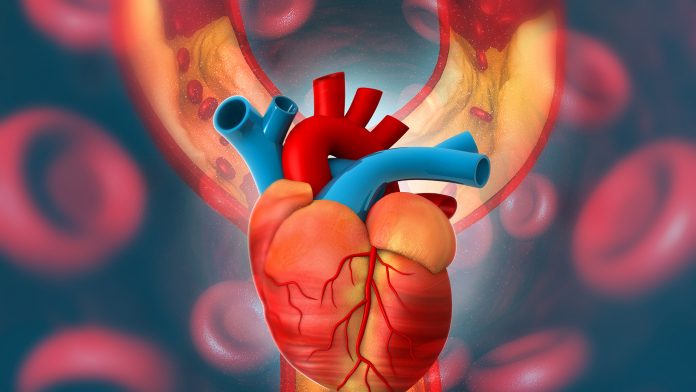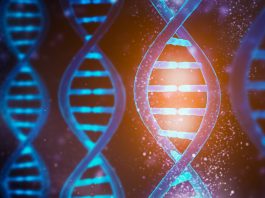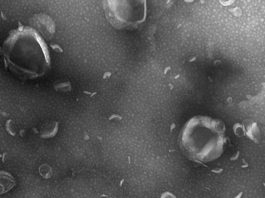Novel research conducted on mouse models may help to combat cardiac atrophy experienced by astronauts during long-period space flight.
A new study conducted by scientists at Cincinnati Children’s has potentially made a breakthrough in preventing or reversing the catastrophic effects of cardiac atrophy – one of the paramount dangers of long-period space flight.
Astronauts can suffer a dangerous reduction of their body weight and experience prolonged periods of weightlessness during a space mission, resulting in heart and skeletal tissue eradicating at rapid rates, which can often be fatal. This new investigation has unearthed that although heart muscle cells demonstrate a different response to levels of external stress in comparison to skeletal muscle cell do, under the right conditions, they can both waste away at deadly rates.
Jeffery Molkentin, PhD, Co-Director of the Heart Institute at Cincinnati Children’s, said: “NASA is very interested in cardiac atrophy. It might be the single biggest issue for long-period space flights and astronaut health, especially when re-entering a higher-gravity situation, whether that’s arriving at Mars or returning to Earth.”
Mitigating muscle loss in long-period space flight
To maintain their muscle mass during long-period space flight, astronauts and cosmonauts alike have to follow rigorous protocols to avoid the debilitating effects that the infinite abyss of space can cause. Due to the loss of gravity during interstellar travel, plasma fluids can be lost throughout the body, making the transportation of oxygen throughout the blood more difficult, causing a litany of problems. Orthostatic intolerance can also be experienced due to the loss of gravity. This is what light-headedness is caused by, for example, standing up too quickly, and prompts the body to increase its heart rate and blood pressure to counteract this effect, which itself can have dire consequences.
Additionally, to conduct tasks in space, whether on the spacecraft itself or in the case of an emergency, it is vital that those onboard have sufficient musculature to do so, and when returning home, have the correct body composition to cope with returning to a world imbued with gravity. To achieve this, the traditionally used equipment for cosmic gym sessions are the cycle ergometer, a resistance exercise device, and a treadmill, with this new study possibly creating a new strategy for avoiding muscle loss and heart atrophy in long-period space flight.
Developing a new approach
The scientists analysed mouse models in multiples ways to track their declining heart cells to a three-step molecular process for their research. Similarly to skeletal muscle, depending on the experienced workload, the heart can enlarge or shrink, with the findings signifying a process in which the gene thrombospondin-1 can cause a dramatic loss in the mass of the heart.
They discovered that an overabundance of thrombospondin-1 gene expression in the hearts of the mice caused a fatal and abrupt loss of heart mass – heart atrophy – activating a signalling protein called PERK. The PERK protein, in excessive quantities, initiates a response from the transcription factor ATF4, which combine to cause heart atrophy.
The heart atrophy becomes more severe the longer the duration that these genes are stimulated for, meaning that blocking their production could eliminate or reduce the atrophy response, which may be how the effect of long-period space flight can be diminished.
“Our findings describe a new pathway of muscle mass loss,” Molkentin said. “More research is needed to develop methods or drugs that can interrupt this signalling pathway through these genes to stop cardiac atrophy once detected.”
The next step of the investigation will be to see if this process is also shared in humans, which could lead to drug development to safely manage this molecular activity, as although lost heart muscle tissue cannot be replaced, in theory, it should be possible to return atrophied heart muscle cells to their original state.









